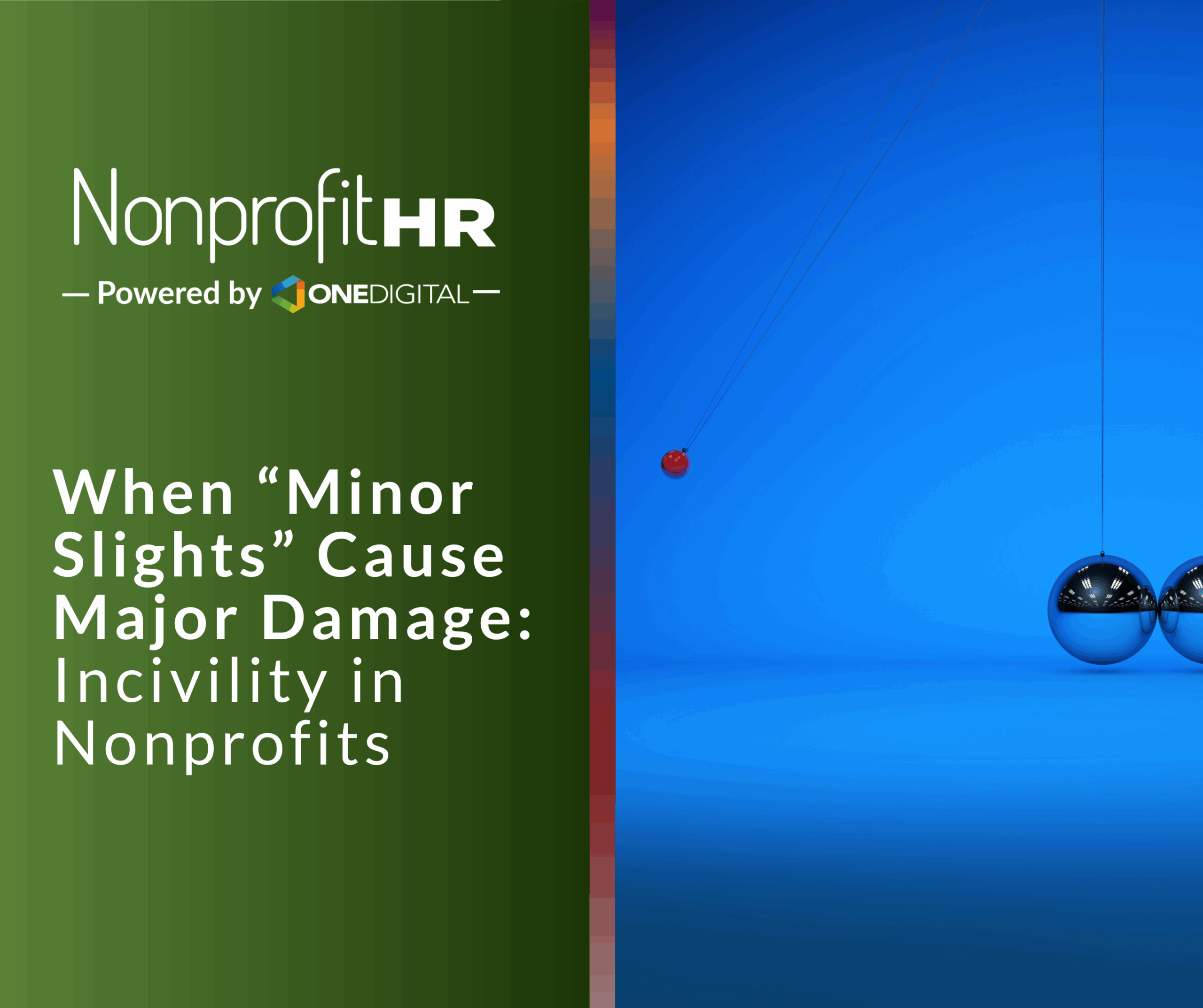WTOP: 5 ways nonprofits can…
According to a new study, nonprofits expect their voluntary turnover rates to double in 2012. And, since the same survey indicates that three-quarters of nonprofits say they do not have a formal strategy for retaining staff, some nonprofits, for whatever reason, may be sailing into danger when the economy picks up steam. Not only may they see their top talent walking out the front door, but they may be faced with skills and competency gaps particularly at the entry to mid-level career mark. Many nonprofits cannot afford this type of talent shift as it can affect the organization’s mission.
Nonprofit Employment Trends Survey™, conducted annually by Nonprofit HR Solutions, found that most nonprofit organizations (87%) do not anticipate their overall turnover rate to increase this year when compared to last year, however more organizations expect turnover through retirements and voluntary resignations to increase. In the midst of a down economy, the nonprofit sector like many other organizations got hit hard. We all witnessed our colleagues, friends, and family members struggle with employment decisions. People who wanted to retire, put their decision on ice. And, now that the economy shows strong signs of bouncing back, some nonprofits still show symptoms that they have no idea how to get in front of their recruiting challenges. The survey shows that last year, only 1% of organizations anticipated turnover to increase due to retirements compared to 13% of organizations surveyed this year. Additionally, 14% of organizations anticipate an increase in voluntary resignations this year compared to 7% last year. While these figures are not overly surprising, placed in parallel with the talent management and retention practices of the nonprofit sector, they should make HR practitioners sweat.
According to the same Nonprofit HR Solutions’ survey three-quarters of nonprofits do not have a formal strategy for retaining staff. This is highly concerning considering survey respondents identified direct services most frequently (34%) as the functional area that is experiencing the greatest challenges with retention, but these same organizations identified direct services most frequently (35%) as an area they anticipate job growth over the next year. It is mandatory that HR have a retention strategy in place now for their entire workforce. I don’t think anyone wants to be the VP of HR at the next board meeting when the CEO asks, “How did we let our most important program leaders and top executives resign with no contingency plan in place?”
It is no longer a secret that top executives and other key staff members are eventually going to leave! Now is the time to put an “executive transition” program in place and invest in new leadership development. Future sustainability, capacity building, donor expansion, social innovation and change, are just a few of the areas that nonprofits must fully embrace, develop, and expand.
HR practitioners need to have an insatiable passion and commitment to move the organization beyond the realm of possibilities. Workforce planning, driving value and excellence by understanding and communicating trends, metrics and data are just a few ingredients in organizational development and talent management. The real work begins when the HR practitioner knows how to drive business goals toward extraordinary outcomes and it starts with talent management.
The survey data appears to suggest that perhaps when it comes to direct services, nonprofit organizations are primed for growth but with little to no knowledge on how to maintain its current talent while it tries to deal with growing needs for its services. I have no doubt that if the trend is not reversed missions will suffer, donors will dry up, and nonprofits will continue to dissolve or merge even though the economy has gotten better.





























